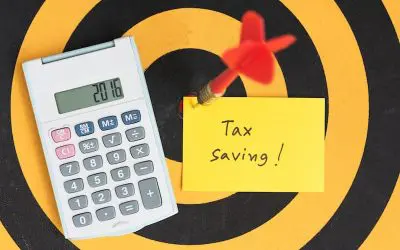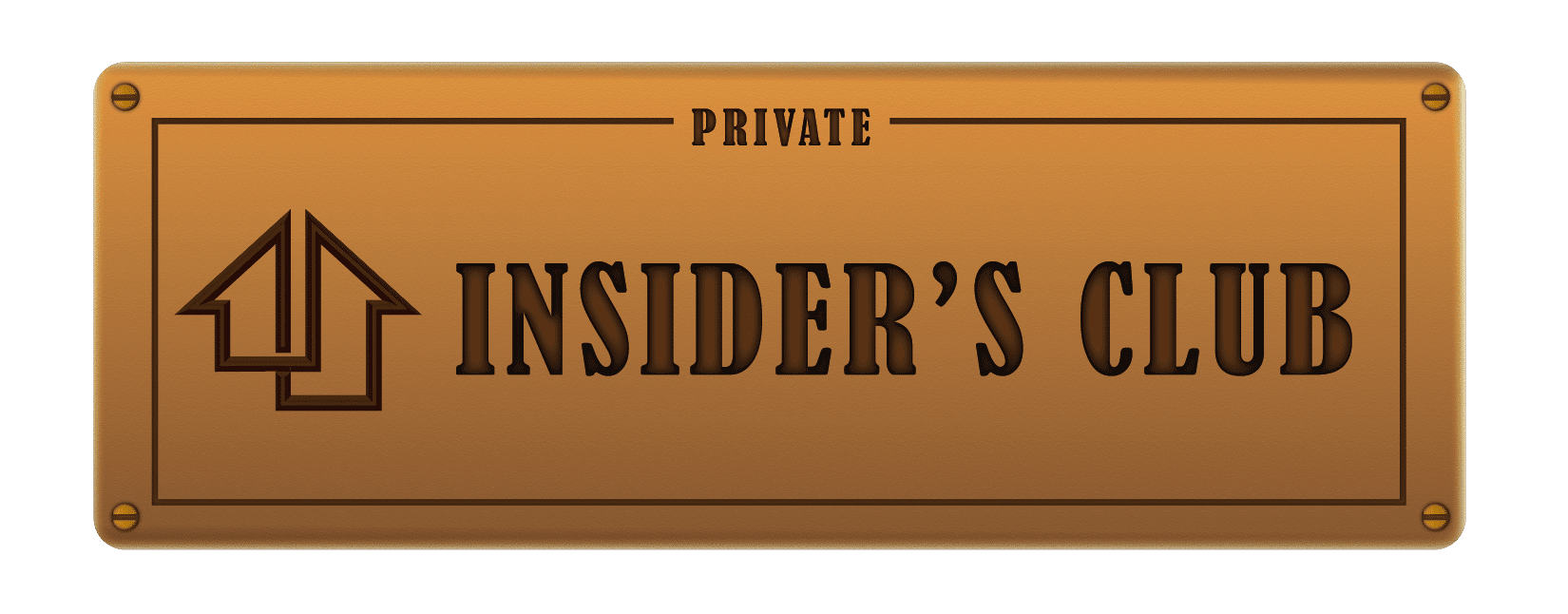More and more people see the financial benefits of investing in real estate. Though real estate investing has the potential to generate wealth, it isn't easy to jump in and get started. To make money from real estate, you must spend money, and it's not cheap. Property purchases include down payments, closing costs and fees, taxes, and insurance. How does a new investor find the money to pay for everything?
Some investors scrimp and save to have enough to purchase a rental property. But that method could take years and waste valuable time when you could be making money. Creative options for financing are available. One of the most popular methods for financing a rental property is obtaining a Home Equity Line of Credit, commonly referred to as a HELOC. HELOCs can provide needed financing to help bring your real estate investment dreams to fruition.
What is a HELOC?
A HELOC is a consumer loan that acts much like a credit card. But instead of borrowing money from the bank, you borrow against the equity accrued on property you own. You can obtain a HELOC through the equity of your primary residence, but HELOCs can also apply to previously purchased rental properties. It is basically like taking a second mortgage out on your home.
Just like opening a credit card, your lender approves the amount of your HELOC based on the equity in your home. Typical HELOCs will allow you to borrow 80-85% of your equity. Just like a credit card, you can choose how and when to use that money. And you don't pay interest on money you don't use.
Let's say you obtain a HELOC for your home's $100,000 equity. You decide to use $50,000 as a down payment on an investment property and another $10,000 on renovations to the unit. Upon completion of the upgrades, renters move in and begin paying $2000 a month. Those monthly payments can pay off the 60K you owe on your HELOC. Interest only accrues on the 60K, and once paid back, your HELOC is again at its original value of 100K. You can use this money again and again as you pay it off.
Estimating Your HELOC
Before applying for a HELOC, knowing how much money you need and how much money a HELOC can provide is crucial. To estimate the maximum value of your HELOC, take the appraised value of your home and subtract your loan balance. That determines your equity amount. HELOCs are usually limited to 85% of the equity in the property, so multiply your equity by 85%. That's your estimated HELOC amount.
- For example: $600,000 (appraised value) – $400,000 (loan balance) = $200,000 (equity)
- $200,000 x .85= $170,000 (estimated HELOC loan amount)
Once approved, you now have $170,000 of credit to use however you see fit, and a savvy investor will use that money to fund their next real estate investment opportunity.
How Do You Qualify?
To be considered for a HELOC, your lender will look at a few factors:
- Property Value – The lender may have your property appraised to determine the current market value. They will consider this number when assessing your eligibility.
- Your credit score – The better your score, the more likely you will qualify for a loan. Lenders look for scores of 720 or higher. Your repayment history determines your credit score. You will have a higher credit score if you have made previous loan payments on time.
- Debt-to-Income Ratio – Lenders like it to be around 43% or less.
- Loan-to-Value Ratio – This is the amount of debt already taken on a property compared to its current value. Your property's loan-to-value ratio should be 80% or less.
A few other points of interest to consider when applying for a HELOC:
- Lenders prefer to approve HELOCs taken on an applicant's primary residence rather than lines of credit opened on investment properties. This stipulation reduces the risk of default. But don't let that discourage you. With the right qualifications, HELOCs can be taken out on investment properties.
- Have 18 months of payments saved in advance. A healthy savings account looks excellent to lenders and assures them you can repay the loan in the face of unforeseen circumstances.
Benefits of Financing with a HELOC
Investors know that financing their properties with the help of a HELOC brings additional benefits.
- Lower Interest Rates: HELOCs typically have lower interest rates than an average consumer loan or a standard Home Equity Loan.
- Tax Benefits: If the mortgage is used to purchase a rental property, the interest accrued on the mortgage counts as a rental expense and may qualify as a tax deduction.
- Flexible Repayment Options: HELOCs allow borrowers to access funds during “draw periods” and only pay interest on what they borrow. This allows borrowers to manage their repayments based on their current financial situation.
- Debt Consolidation: HELOCs are a great way to consolidate debt into one payment with a lower interest rate, saving you money in the long run.
When it comes down to it, HELOCs can be a creative way to obtain funds to put towards your investments. With lower interest rates, tax benefits, flexible repayment schedules, and the ability to consolidate debt into one place, HELOCs may be a good option. As always, do your research to mitigate any risks associated. As you search for ways to finance your next investment, a HELOC could be the answer you are looking for.




